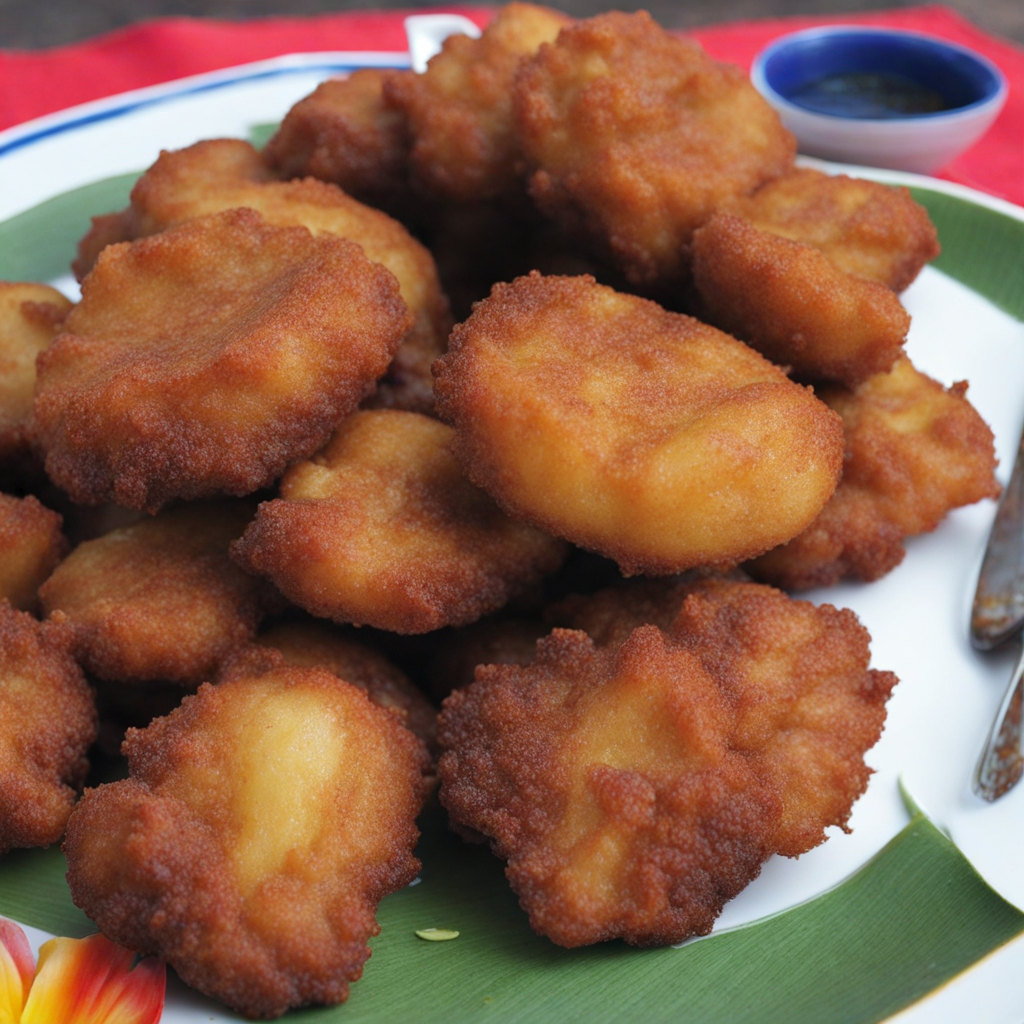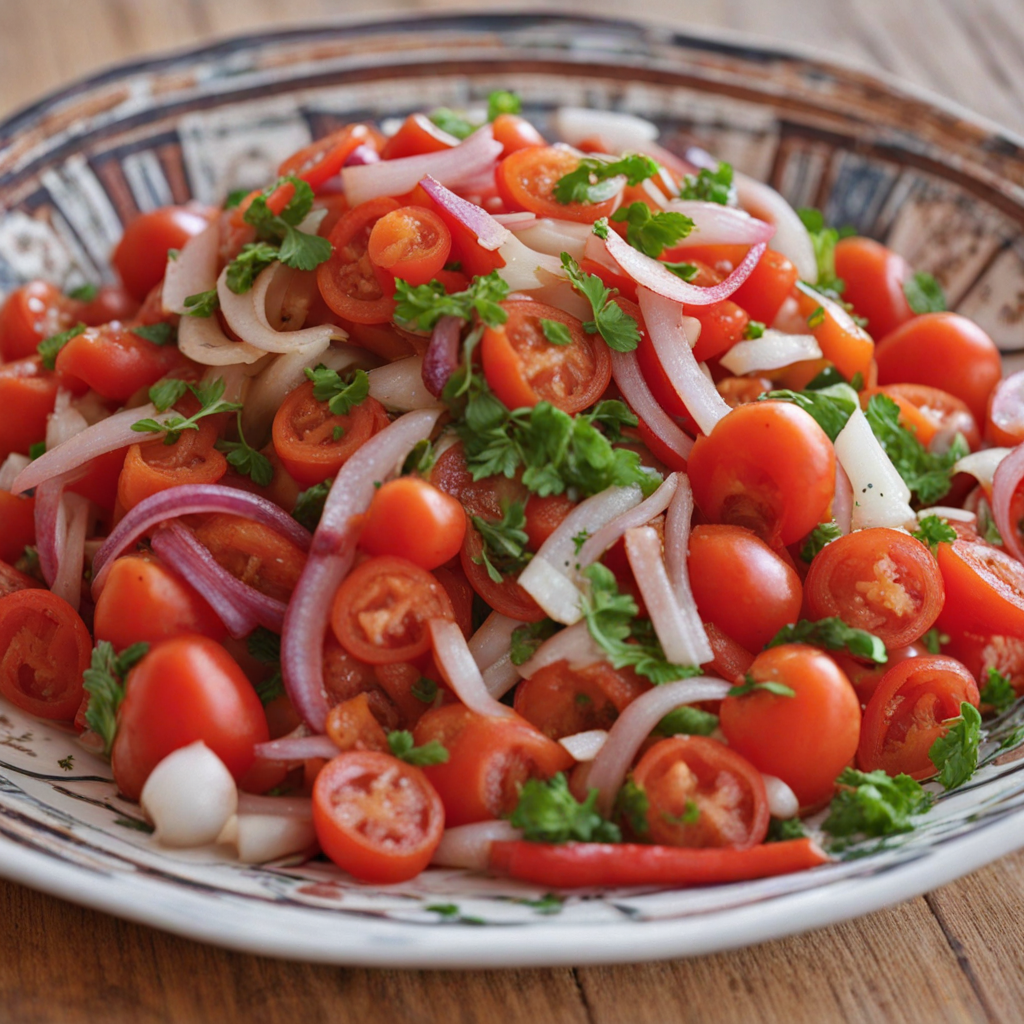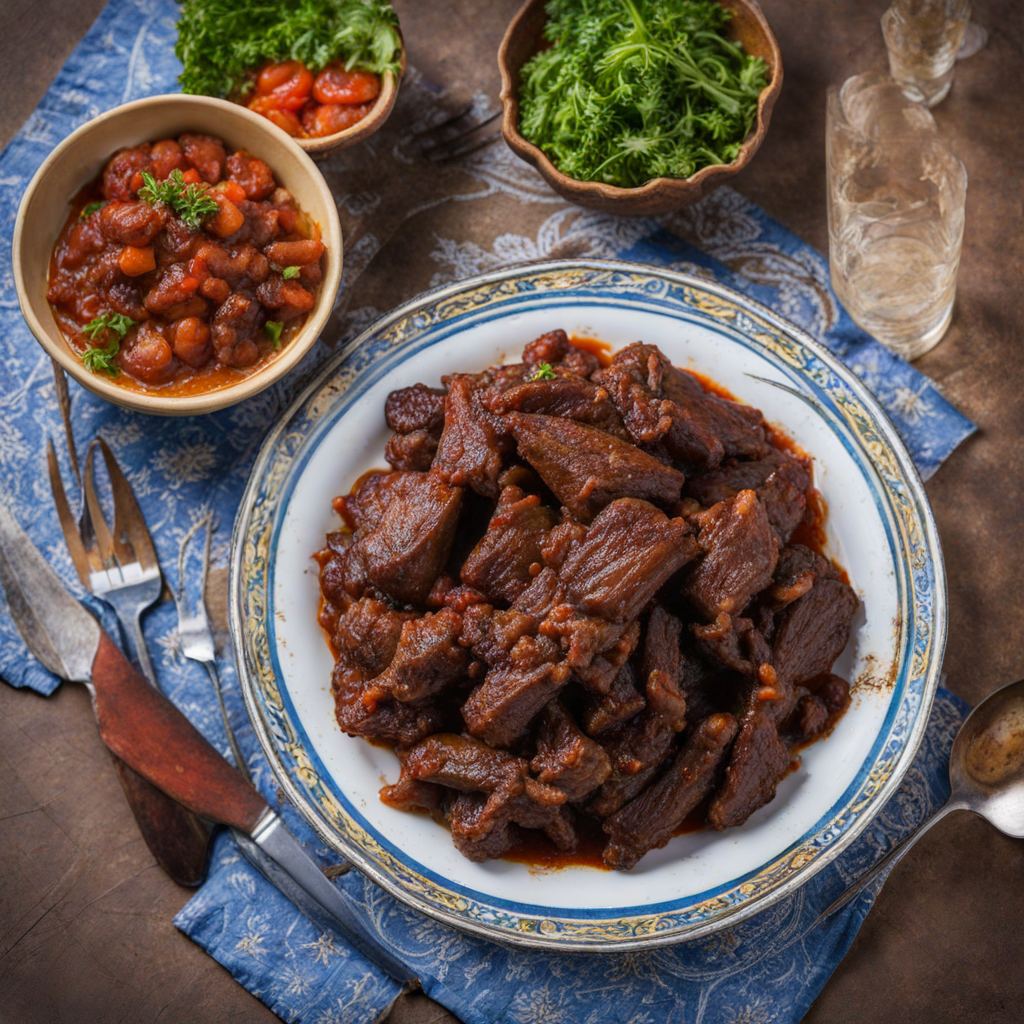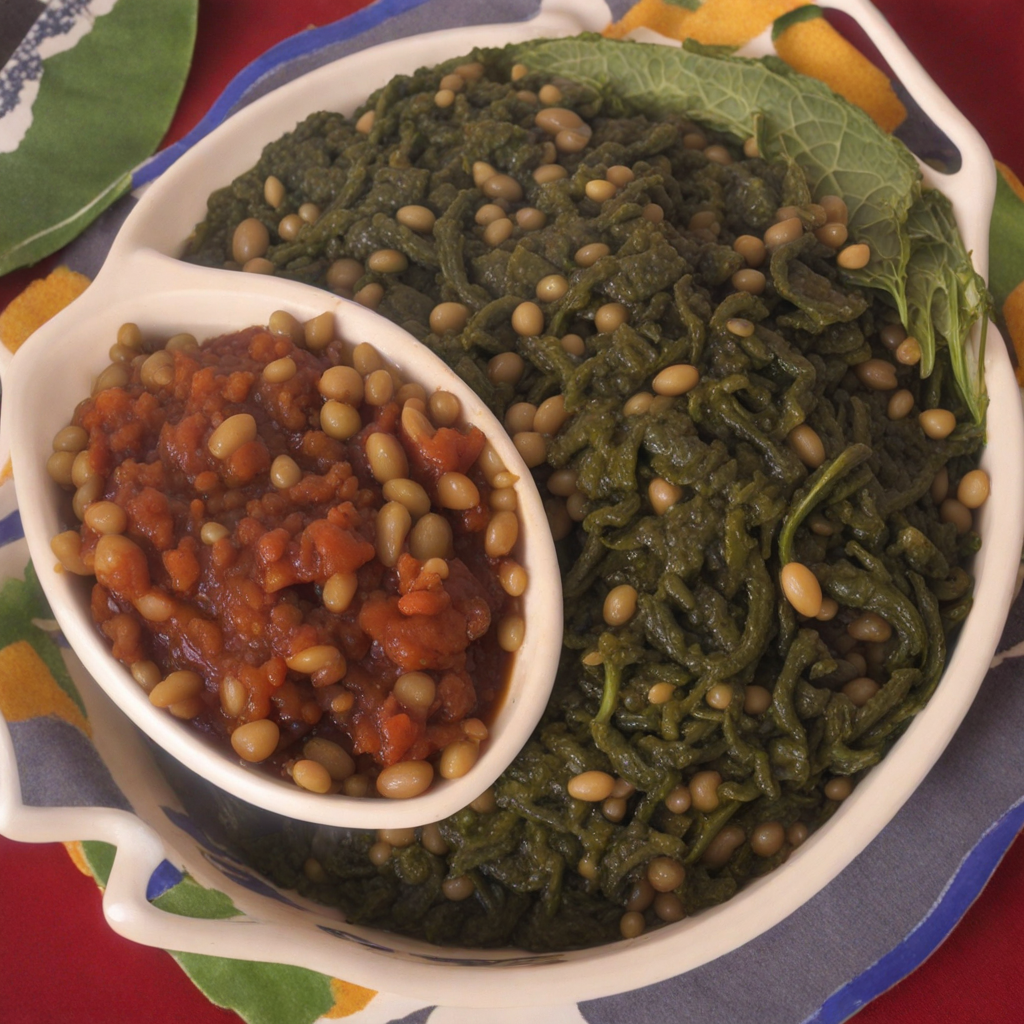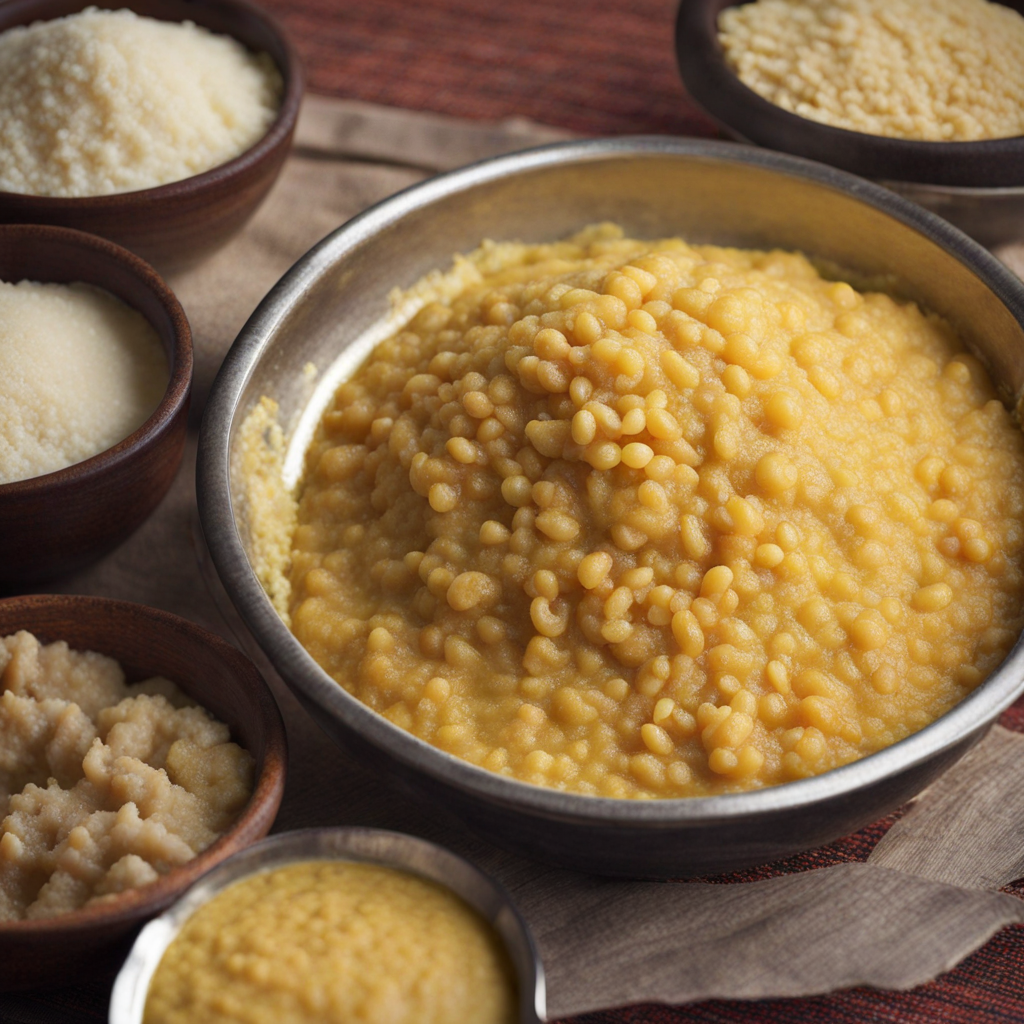Zitumbuwa
Zitumbuwa, a traditional dish from Malawi, is a delightful example of the nation’s rich culinary heritage. This dish consists primarily of deep-fried dough, which is often flavored with a variety of ingredients, making it both versatile and appealing. Zitumbuwa is particularly popular as a snack or street food, commonly enjoyed during festivities or casual gatherings. Its history is intertwined with local customs, where food plays a vital role in community bonding and celebration. The flavor profile of Zitumbuwa is subtly sweet, with a hint of savory undertones, depending on the ingredients used. The dough is typically made from a base of maize flour, which is a staple in Malawian cuisine. The sweetness can be enhanced by adding sugar or ripe bananas to the mixture, while a touch of salt balances the flavors. The result is a delightful contrast between the crisp exterior and the soft, fluffy interior, creating a satisfying texture that is hard to resist. When served warm, the aromas of fried dough combined with the subtle sweetness create an inviting experience that appeals to both locals and visitors alike. Preparation of Zitumbuwa is relatively simple, yet it requires attention to detail to achieve the perfect texture and flavor. The process begins with mixing maize flour with water to form a dough. Depending on the desired flavor, additional ingredients such as mashed ripe bananas, sugar, or spices can be incorporated into the dough. Once the dough is prepared, it is shaped into small balls or flat rounds, ready for frying. The key
How It Became This Dish
The History of Zitumbuwa: A Culinary Gem from Malawi #### Origins of Zitumbuwa Zitumbuwa, known as "Malawian pancakes," is a delightful delicacy that has its roots deeply embedded in the culinary traditions of Malawi, a landlocked country in southeastern Africa. The name "zitumbuwa" comes from the Chichewa language, where "zitu" means "things" or "items," and "mbuwa" refers to "pancakes." These pancakes, often made with a base of maize flour, are typically cooked on a griddle, resulting in a slightly crispy exterior and a soft, fluffy interior. The origins of zitumbuwa can be traced back to the introduction of maize (corn) in Africa, which was brought over by Portuguese traders in the 16th century. Maize quickly became a staple crop in Malawi, where the warm climate and fertile soils were ideal for its cultivation. Due to its versatility, maize flour became a primary ingredient in many traditional foods, including zitumbuwa. As maize spread across the continent, so did the practice of making pancakes. Variations of maize pancakes can be found in other African cultures, but what sets Zitumbuwa apart is its unique preparation and the specific cultural context in which it exists. Traditionally, it is often made during community gatherings, celebrations, and family events, highlighting its role as a food that brings people together. #### Cultural Significance Zitumbuwa holds a significant cultural place in Malawian society. It is not merely a dish; it is a symbol of hospitality and community. In many Malawian households, serving zitumbuwa to guests is a gesture of goodwill and friendship. The preparation of these pancakes can involve entire families, reinforcing bonds as they gather in the kitchen. In addition to being a popular comfort food, zitumbuwa is often associated with various ceremonies and festivities. For example, during weddings, it is common for families to prepare large quantities of zitumbuwa for guests, signifying the abundance and joy of the occasion. In some regions, it is also traditional to serve zitumbuwa during religious or cultural festivals, where it is often accompanied by sauces made from vegetables or meat, enhancing its flavor and nutritional value. Moreover, zitumbuwa is sometimes seen as a rite of passage for young women in Malawi. As they learn to prepare this dish, they are also taught about their cultural heritage and the importance of family and community roles. This culinary skill is passed down through generations, ensuring that the practice of making zitumbuwa remains alive and relevant. #### Development Over Time Over the years, the preparation and consumption of zitumbuwa have evolved, reflecting broader social changes and influences. Initially, zitumbuwa was made using simple ingredients—primarily maize flour, water, and salt. However, as Malawi has experienced globalization and modernization, variations of the dish have emerged. Today, while the traditional recipe remains popular, many Malawians have started to experiment with additional ingredients. Some recipes now incorporate sugar, spices, or even vegetables, such as onions or spinach, to enhance flavor and nutrition. The adaptability of zitumbuwa makes it a canvas for creativity, allowing cooks to personalize the dish based on regional preferences and availability of ingredients. Moreover, the rise of tourism in Malawi has introduced zitumbuwa to a broader audience. Tourists eager to explore Malawian culture often seek out opportunities to taste authentic local foods. As a result, many restaurants and lodges have begun to include zitumbuwa on their menus, often presented alongside other traditional dishes. This exposure has not only introduced zitumbuwa to international palates but has also contributed to a renewed interest in Malawian culinary traditions among locals. Another important aspect of zitumbuwa's development is its position within the context of food security. As Malawi faces challenges related to poverty and malnutrition, traditional foods like zitumbuwa offer an affordable and nutritious option for many families. The use of maize flour, which is widely available, makes it an accessible dish that can be easily prepared. Additionally, as people become more conscious of healthy eating, zitumbuwa can be adapted to include healthier ingredients, such as whole grain flour or added vegetables. #### Zitumbuwa Today Today, zitumbuwa continues to be cherished in Malawi, serving as a reminder of cultural heritage and community ties. It is often enjoyed as a snack or breakfast item, typically served with a variety of accompaniments, such as honey, jam, or savory sauces. The versatility of zitumbuwa allows it to fit seamlessly into the daily diet of Malawians while also making an appearance at special occasions. In urban areas, the dish has also found its way into street food culture, with vendors selling freshly made zitumbuwa to passersby. This accessibility has made it a beloved snack for people on the go, further embedding it into the fabric of contemporary Malawian life. #### Conclusion Zitumbuwa is more than just a pancake; it is a cultural artifact that encapsulates Malawi's history, values, and culinary evolution. From its humble origins rooted in maize cultivation to its current status as a beloved national dish, zitumbuwa embodies the spirit of Malawian hospitality and community. As it continues to develop and adapt in the face of changing social dynamics, this traditional food remains a beloved staple, ensuring that it will be enjoyed for generations to come. Through both its preparation and consumption, zitumbuwa serves as a delicious reminder of the rich cultural history of Malawi, fostering connections and celebrating the shared experience of food.
You may like
Discover local flavors from Malawi



